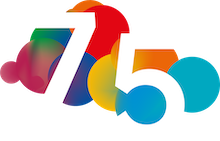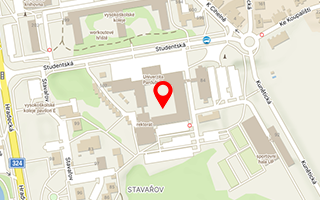- Introduction
The goal of the project is to create an intelligent firewall application for industrial networks. This firewall will be part of the application, which will be communicating with the software defined networks controller.
The application will utilize principles of artificial intelligence specifically artificial neural networks. The firewall will work in two modes: learning and autonomous.
In autonomous mode the firewall will automatically perform filtering operations. These operations will include traditional ones (allow, deny) and more advanced ones as well (deep inspection on the application layer), message duplication, or flow classification for the QoS.

